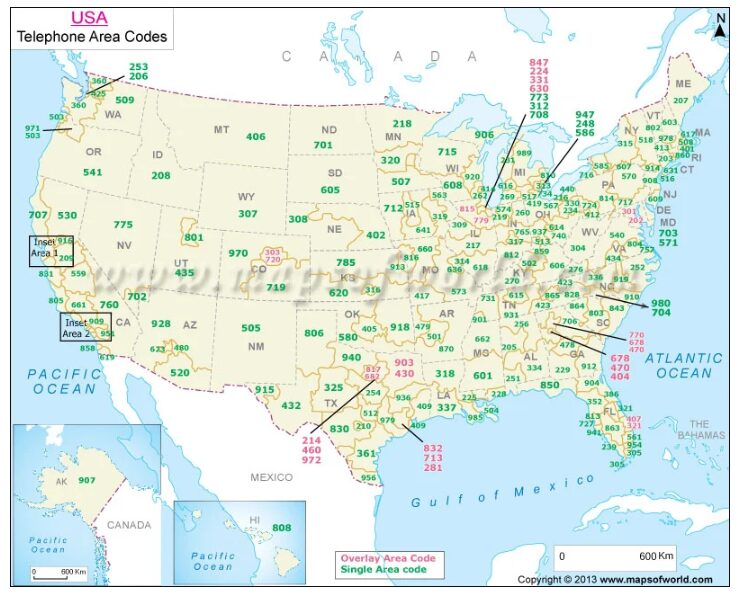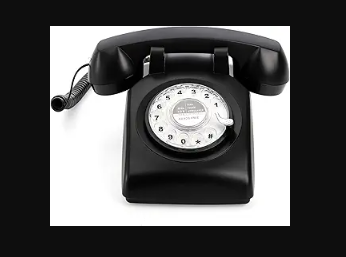
Area codes are the three-digit prefixes that precede the seven-digit local phone numbers in the North American Numbering Plan (NANP). They serve as a way to identify the geographic region where a phone number originates. The NANP covers the entire United States, Canada, and several Caribbean nations and territories.
The first area codes were established in 1947, when the Bell System divided the United States into 86 numbering plan areas (NPAs). Each NPA was assigned a unique area code, which was typically based on the region’s largest city or metropolitan area. For example, the 212 area code was assigned to New York City, while the 213 area code was assigned to Los Angeles.

Over time, as the demand for phone numbers increased, additional area codes were added to the NANP. This was often done by splitting existing area codes into smaller regions or by introducing overlay area codes, which serve the same geographic area as an existing code. Today, there are over 300 active area codes in the NANP.
The Importance of Area Codes
Area codes play a crucial role in the telecommunications infrastructure. They are used to route calls, identify the location of a phone number, and determine long-distance charges. They also serve as a unique identifier for businesses and individuals, making it easier for people to find and contact them.
Area Code Resources
There are several resources available to help you find information about area codes. The North American Numbering Plan Administrator (NANPA) maintains a comprehensive database of all area codes in the NANP. You can also use online directories or search engines to look up area codes by city, state, or phone number.
The Future of Area Codes
As the demand for phone numbers continues to grow, new area codes will need to be added to the NANP. This may involve splitting existing area codes or introducing new overlay codes. The future of area codes will also be shaped by the ongoing evolution of telecommunications technology, such as the rise of Voice over Internet Protocol (VoIP) and the increasing use of mobile phones.
In conclusion, area codes are an essential part of the telecommunications landscape. They serve a variety of purposes, from routing calls to identifying the location of a phone number. As technology continues to evolve, the role of area codes will likely change, but they will remain an important part of our communication infrastructure.


